Description
Pyrophyllite: The Stone That Feels Like Soap
Pyrophyllite, a fascinating phyllosilicate mineral, often gets mistaken for other, more well-known stones. Its pearly luster, softness, and greasy feel, reminiscent of soapstone or talc, are responsible for its name, derived from the Greek words “pyros” (fire) and “phyllon” (leaf), referring to its tendency to exfoliate or “leaf out” upon heating. But beyond its deceptive appearance lies a mineral with a unique composition, intriguing properties, and a surprising array of applications.
A Closer Look at Pyrophyllite:
Pyrophyllite is essentially an aluminum silicate hydroxide with the chemical formula Al₂Si₄O₁₀(OH)₂. It’s characterized by its:
- Softness: With a Mohs hardness of only 1 to 1.5, it’s incredibly soft, easily scratched by a fingernail.
- Feel: The greasy or soapy feel is due to its layered structure, allowing layers to easily slide past each other.
- Color: Typically white, gray, or greenish-white, it can also be found in shades of yellow, brown, and even pink due to impurities.
- Luster: It exhibits a pearly or silky luster on cleavage surfaces.
- Structure: Pyrophyllite belongs to the 2:1 phyllosilicate group, meaning its structure is comprised of two tetrahedral silicate sheets sandwiching an octahedral aluminum hydroxide sheet. This layered structure contributes to its softness and cleavability.
Where Pyrophyllite is Found:
Pyrophyllite is typically found in metamorphic rocks, often formed by hydrothermal alteration of aluminous rocks. Major deposits are located in the United States (North Carolina), Japan, Korea, Brazil, South Africa, and China. It’s frequently associated with other metamorphic minerals like quartz, kyanite, and andalusite.
More Than Just a “Soapstone” Imposter: Diverse Applications:
While its resemblance to soapstone might lead you to believe its uses are similar, pyrophyllite boasts a wider range of applications, largely thanks to its unique resistance to high temperatures and its chemical inertness:
- Refractories: Pyrophyllite is a key ingredient in the manufacture of refractory materials, used to line furnaces, kilns, and other high-temperature equipment. Its ability to withstand extreme heat without deformation makes it invaluable in these applications.
- Ceramics: It is used as a component in ceramic bodies, improving their thermal shock resistance and firing characteristics. It also contributes to the whiteness and translucency of the finished product.
- Insecticide Carrier: Due to its inertness and fine particle size when ground, pyrophyllite is an effective carrier for insecticides and other agricultural chemicals.
- Fillers and Extenders: Its white color and soft texture make it suitable as a filler and extender in paints, plastics, rubber, and paper products.
- Cosmetics: In finely powdered form, pyrophyllite is sometimes used in cosmetics, particularly in powders and foundations, due to its absorbent properties and silky feel.
- Traditional Carving: In some cultures, particularly in Korea and Japan, pyrophyllite is used for carving small decorative objects and figurines, often referred to as “agalmatolite.”
- Welding Rods: Pyrophyllite is incorporated into the coating of welding rods, stabilizing the arc and preventing oxidation of the weld.
Distinguishing Pyrophyllite:
Given its resemblance to other minerals, proper identification is crucial. Unlike talc, which is also soft and greasy, pyrophyllite is more resistant to heat. Soapstone, another look-alike, contains magnesium, which pyrophyllite lacks. Careful examination of its hardness, feel, and any associated minerals can help differentiate it from its imposters.
In Conclusion:
Pyrophyllite, the mineral that feels like soap, is more than just a geological oddity. Its unique properties and versatile applications make it a valuable resource in a range of industries. From lining furnaces to carrying insecticides, this seemingly unassuming mineral plays a vital role in our modern world. So, the next time you encounter a soft, greasy stone, remember pyrophyllite – the fire-loving, leaf-shedding mineral with a surprisingly diverse resume.

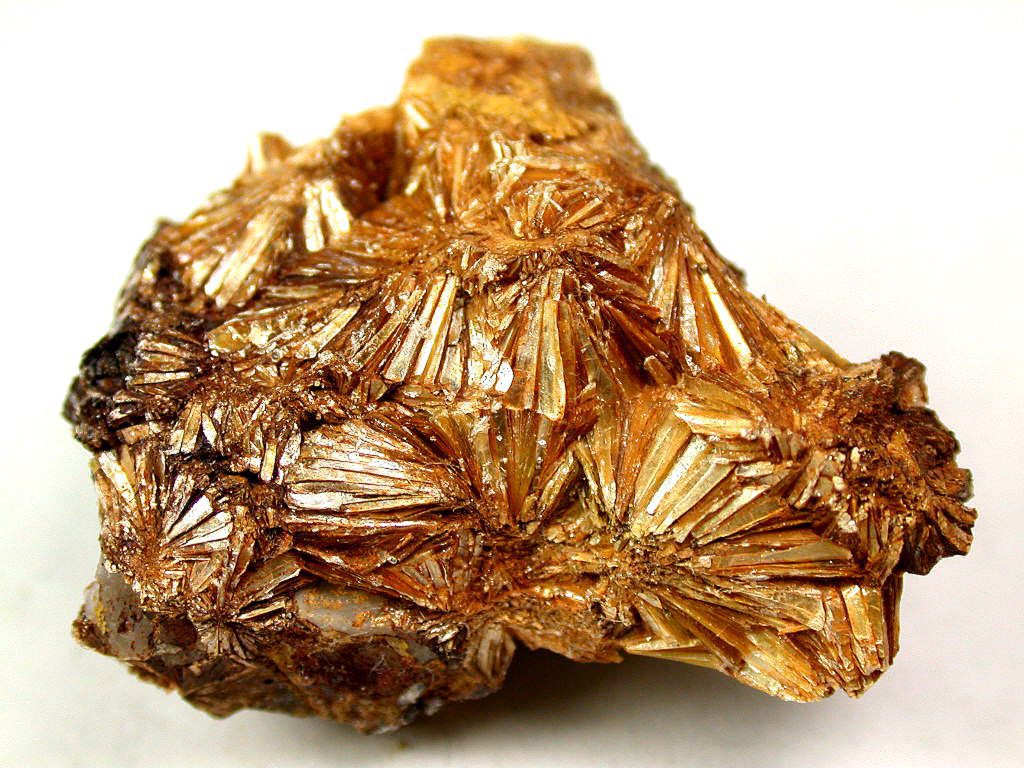
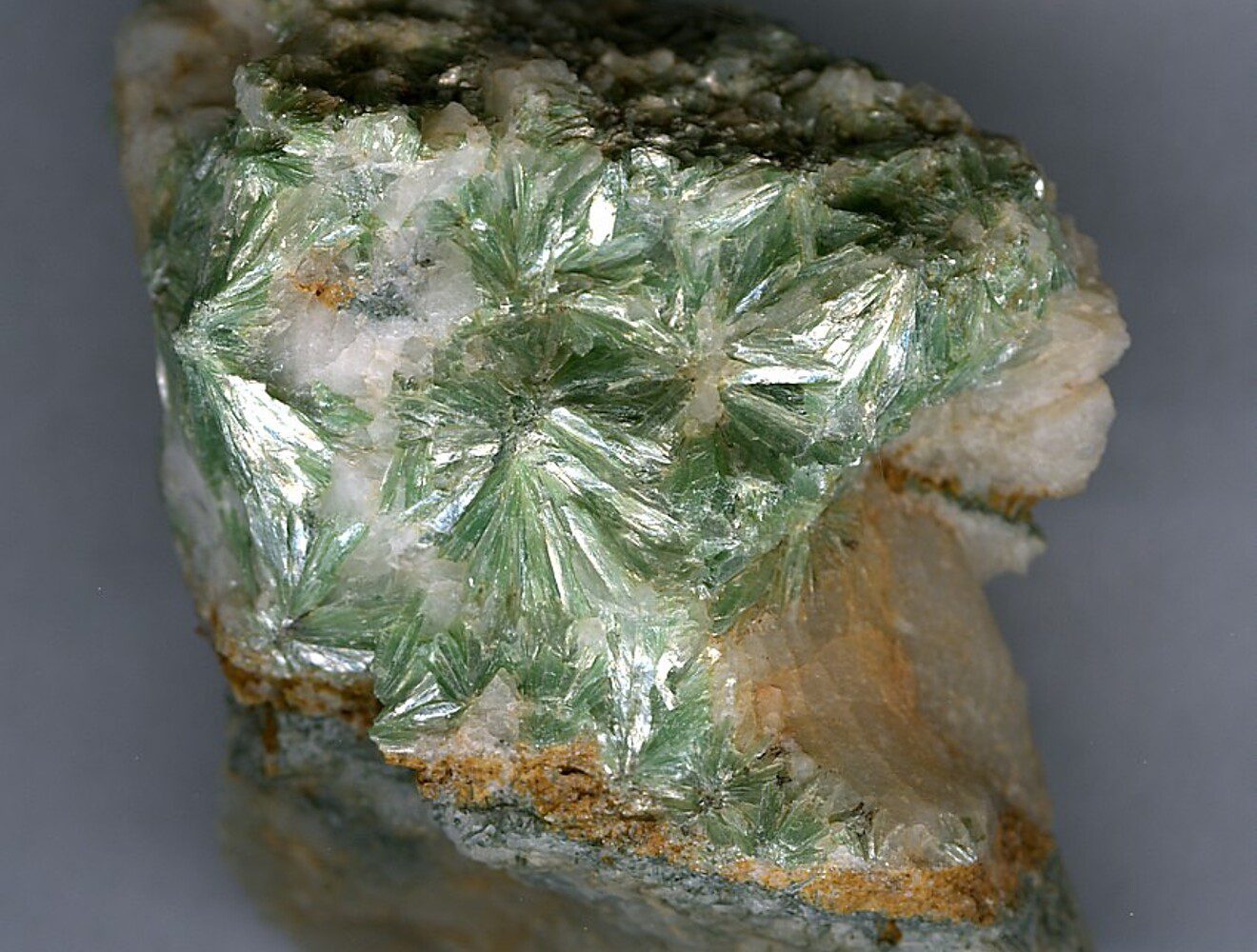
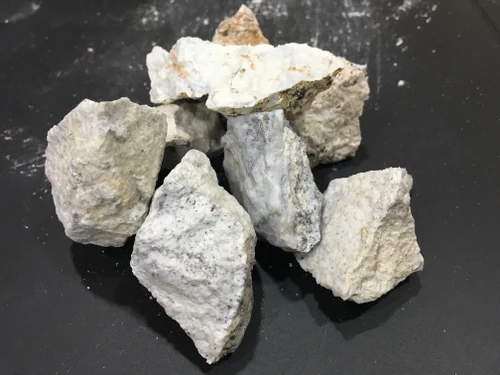
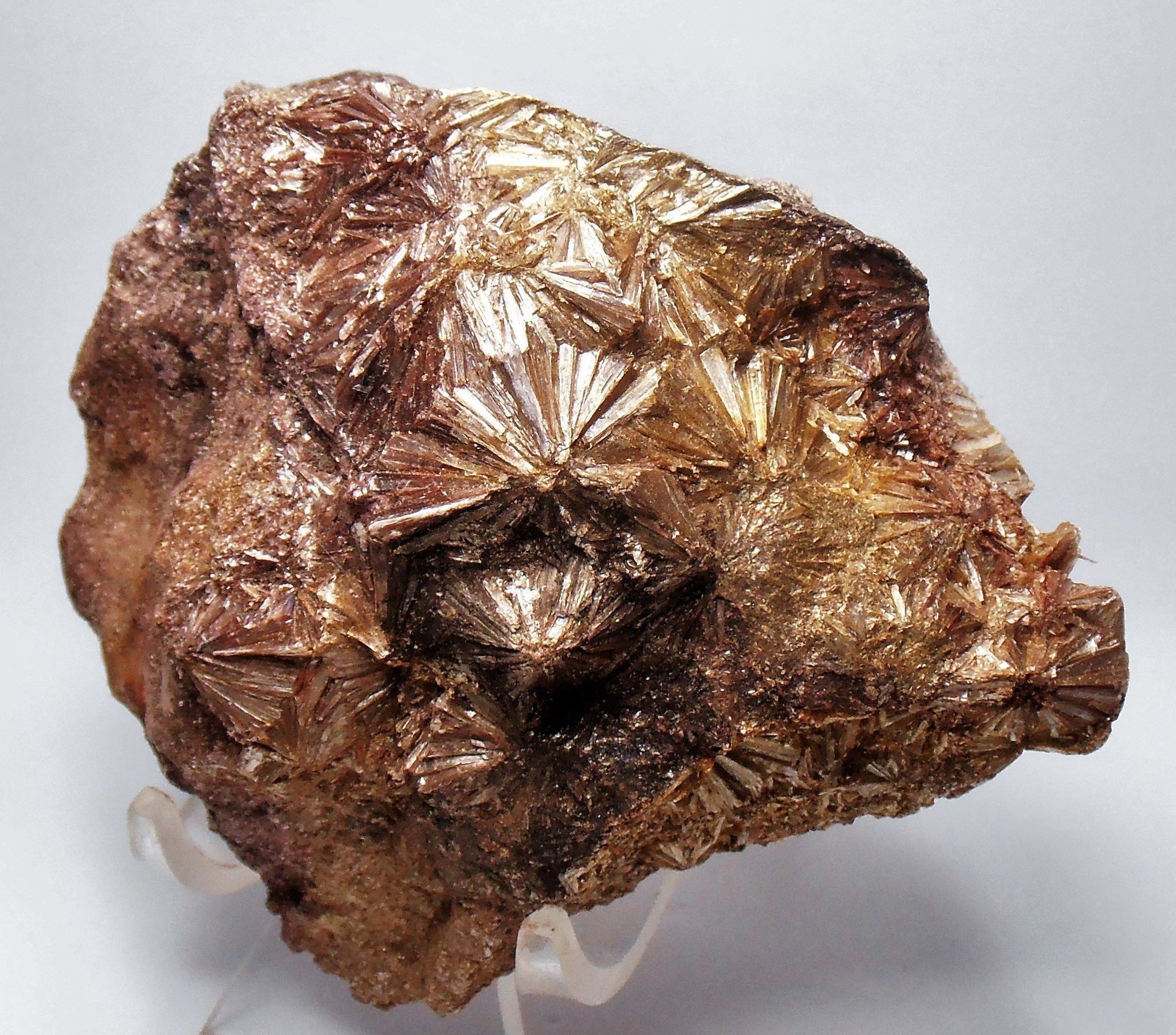
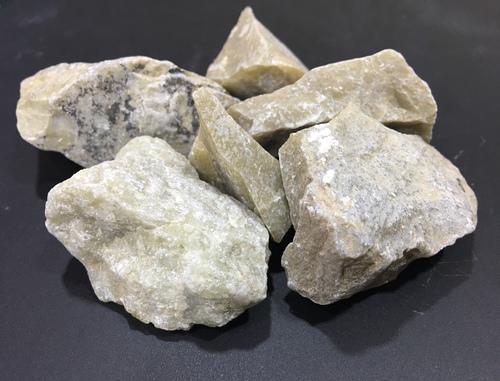
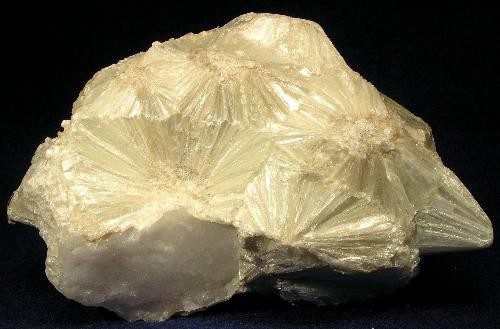
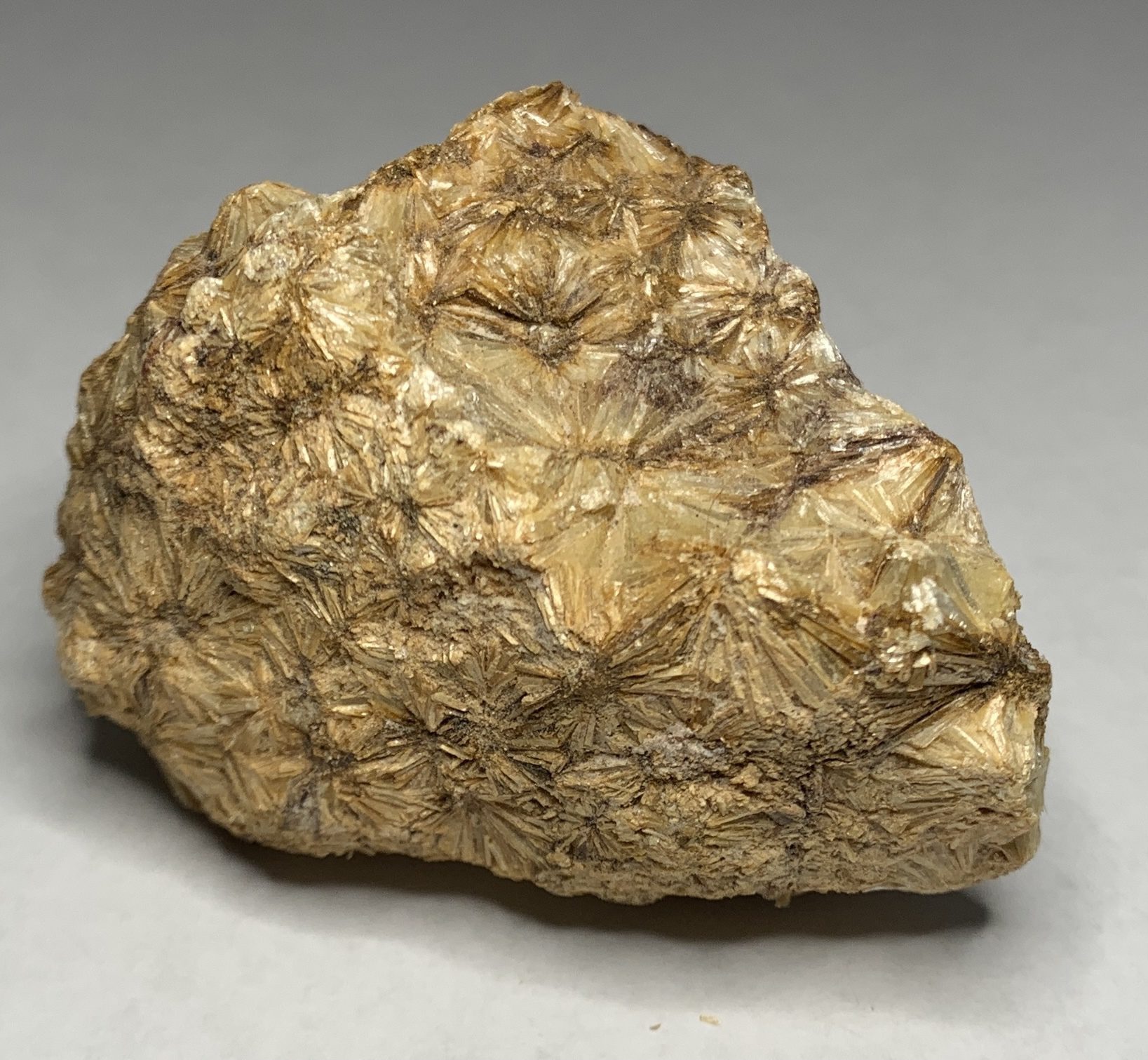
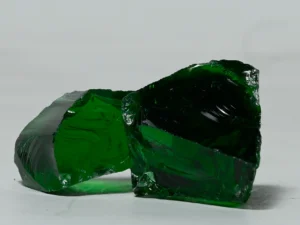
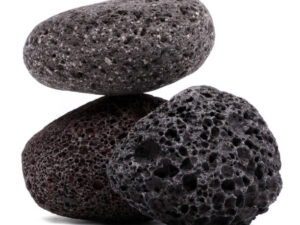

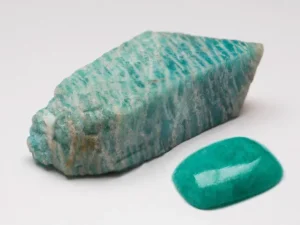
Reviews
There are no reviews yet.